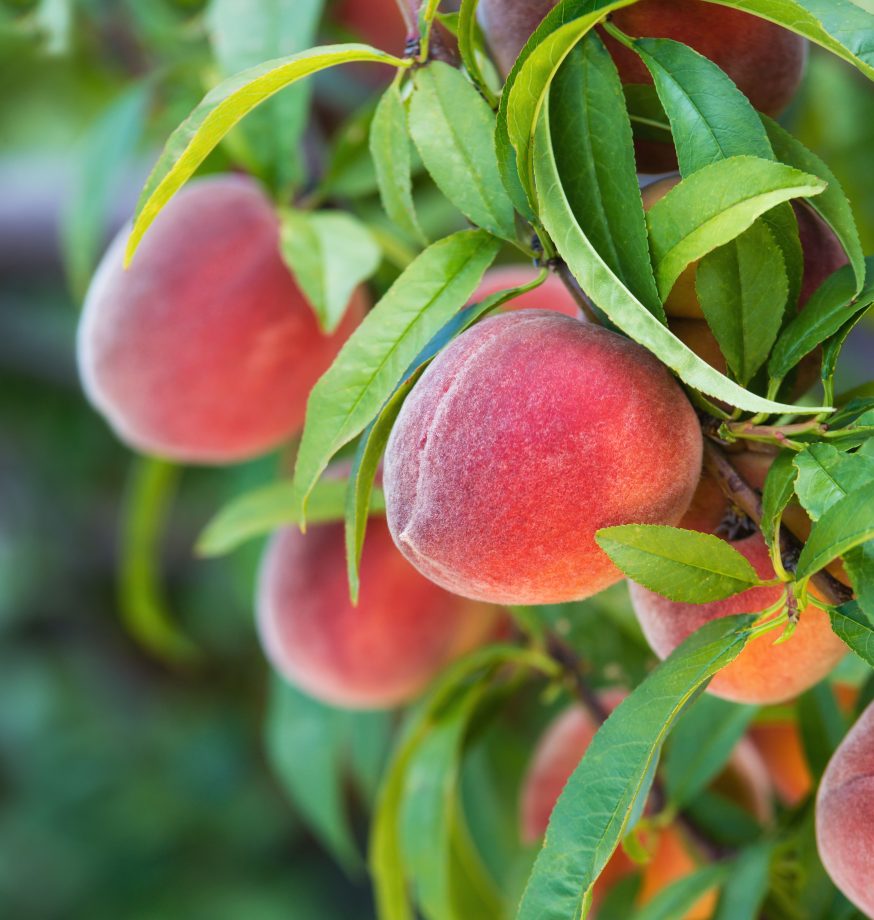Having perfect hedges needn’t be too much work if you know when and how to trim them.
Most of the summer in the garden is spent holding the fort rather than creating. Mowing, edging, weeding, deadheading, a certain amount of watering and feeding: little and often is a sound prescription for success.
There is one job, however, which rather hangs in the mind as the time approaches and that’s the cutting of hedges. It tends to be a one-off annual job and is typically a big push, calling on a range of resources. And because it typically takes place in late summer, it’s warm work. We should be clear about what needs doing and when.

A secret seat surrounded by hedges and a froth of Erigeron karvinskianus
There are hedges, such as Rosa rugosa and Potentilla, that fall into the appealing category of needing virtually no cutting at all, other than the removal of the occasional wandering shoot. These informal hedges are really just lines of shrubs. There are plenty of alternatives, although we seldom see them. A favourite of mine is Viburnum tinus, which is quite content to be trimmed up if it gets a bit too blowsy, but otherwise looks good all year round.
The classic once-a-year jobs include those two stalwarts yew and beech. I’m a big fan of both, for various reasons. Yew has the undeserved reputation of being slow-growing.
“Of course, everyone wants a hedge that shoots up to the required dimensions, then grows slowly, uniformly and neatly thereafter, but that’s not how life works. There’s always a challenge.”
Yew always looks neat, tends to keep its skirt right down to the ground and is uncommonly willing to be reduced in size when it’s been allowed to grow too big. All it needs is an annual haircut in July, a dust-dry job if ever there was one, and it will look positively geometric until next spring.
Once the yew is trimmed, beech comes next, in August. People sometimes wonder where these tablets of stone come from and the answer is from observation and experience. Beech shoots keep growing from May to July, then stop. During that period, I think the hedge is of uncommon beauty, with an elegant fringe of wavy shoots all over the orderly frame, but it does seem to grate on some people’s nerves. They want to shave it all off, so they cut early, say in June, but it keeps growing, so they have to do it again in, you’ve guessed, August.
If you cut at that time, the hedge will then make a small amount of new growth, Lammas growth, in late August, which just fills in the severe haircut with pretty new growth while retaining the handsome outline. It is this veneer that means the hedge retains its brown leaves through the winter, such a desirable feature of a beech hedge. The same applies to hornbeam hedges.
Box I tend also to cut in late summer, or at least after the longest day. We’re all a bit fretful about box these days, with good reason, and it’s so easy to trim that I’m less rigorous about timing. The shears glide across it like liquid and it positively enjoys being cut hard back, even to the ground in extremis, so it can be made smooth or fluffy according to taste.
Many people planted coniferous hedges in their youth and are now faced with lumbering, brown-patched monsters. The fact is that a hedge such as Thuja —which has many charms, not the least of which is that fruity scent—can only ever be lightly trimmed. Once you cut into brown growth, it will never come back.
Then come, as Nietzsche put it, the tears and the sobering-up. Remember that conifer hedges tend to be excellent bird’s-nest habitat, so early autumn might be the time for a delicate shave.
There will always be hedges that fall outside my Colbert-like universal system of rules, and they have to be dealt with on their own merits. Privet always drives me round the bend. It’s pleasantly chirpy and indestructible, but it never stops growing and even a minimal regime involves three cuts a year, which, to me, means two other jobs that won’t get done.
I was amused to see on my first visit to Villandry, the world’s most labour-intensive garden, that the boundary hedge against the road is half a mile of privet.
There are some people in this world who just thrive on the clockwork repetition of self-inflicted work. Good for them, but you can count me out.
Stephen Desmond is a freelance landscape consultant, specialising in the conservation of historic gardens.

Alan Titchmarsh: How to keep a perfect pond
Alan Titchmarsh says that now is the time to clear out the weeds and keep your pond in top condition

How to grow your own peaches: Five steps to peachy perfection
Steven Desmond explains how you can produce these delicious, luxurious fruits on your own soil.

Three gardening myths debunked by the ultimate guide: experience
Three gardening myths debunked by the greatest authority of all: Experience




